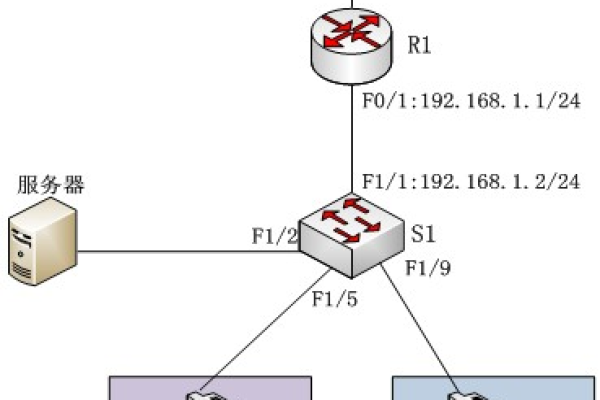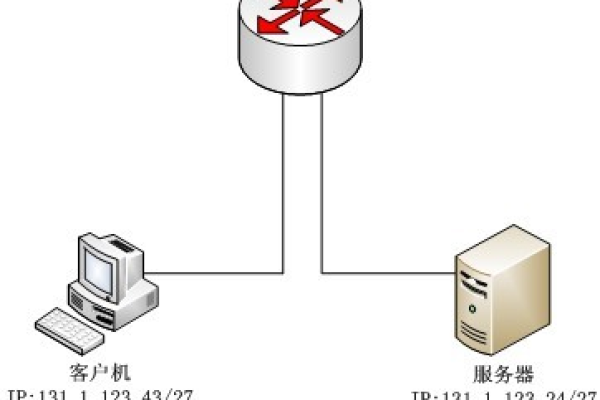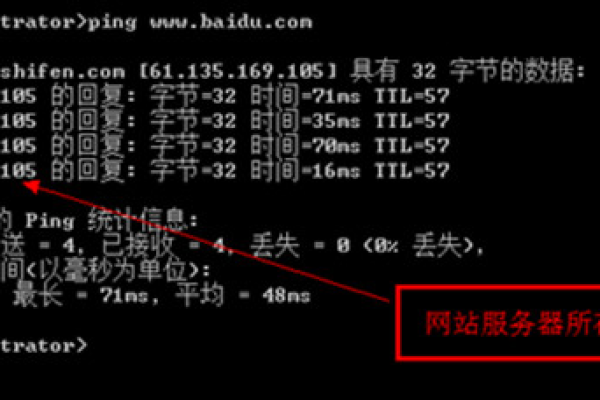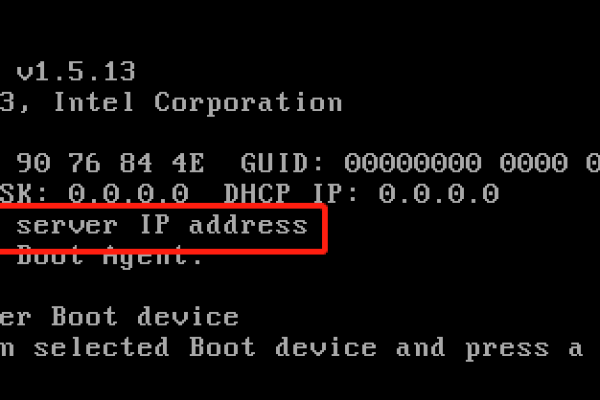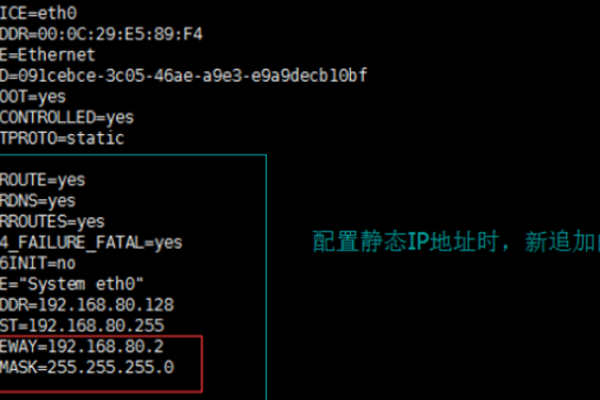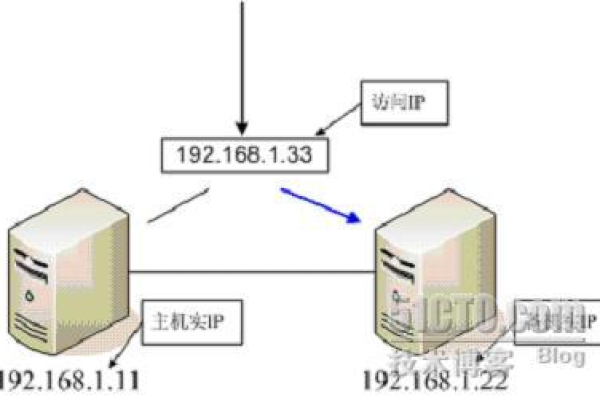c如何获取内网的ip地址吗
- 行业动态
- 2025-02-01
- 1
获取内网IP地址可通过命令行工具、网络管理界面、扫描工具或端口转发工具等方法,需确保设备在同一局域网且有相应权限。
在C语言中,获取内网IP地址可以通过多种方法实现,以下是一些常见的方法及其详细解释:
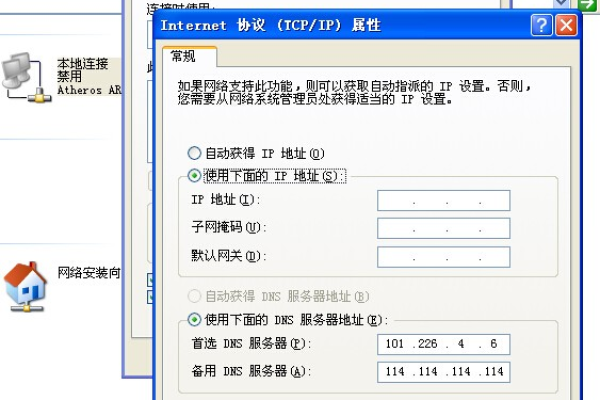
1、使用gethostname和gethostbyname函数
步骤:通过gethostname函数获取主机名,然后使用gethostbyname函数将主机名解析为IP地址。
示例代码:
#include <stdio.h>
#include <stdlib.h>
#include <string.h>
#include <unistd.h>
#include <netdb.h>
#include <arpa/inet.h>
int main() {
char hostname[256];
struct hostent *host_entry;
char *IPbuffer;
// 获取主机名
if (gethostname(hostname, sizeof(hostname)) == -1) {
perror("gethostname");
exit(EXIT_FAILURE);
}
// 获取主机信息
host_entry = gethostbyname(hostname);
if (host_entry == NULL) {
perror("gethostbyname");
exit(EXIT_FAILURE);
}
// 将网络字节序地址转换为点分十进制
IPbuffer = inet_ntoa(*((struct in_addr*) host_entry->h_addr_list[0]));
printf("本地IP地址: %s
", IPbuffer);
return 0;
}注意事项:这种方法只能获取到本机的IPv4地址,且如果存在多个网络接口,可能无法准确获取到内网IP地址。
2、使用getifaddrs函数
步骤:调用getifaddrs函数获取所有网络接口的信息,然后遍历这些接口,筛选出内网IP地址。
示例代码:
#include <stdio.h>
#include <stdlib.h>
#include <string.h>
#include <ifaddrs.h>
#include <arpa/inet.h>
#include <netinet/in.h>
int main() {
struct ifaddrs *ifaddr, *ifa;
char host[NI_MAXHOST];
if (getifaddrs(&ifaddr) == -1) {
perror("getifaddrs");
exit(EXIT_FAILURE);
}
for (ifa = ifaddr; ifa != NULL; ifa = ifa->ifa_next) {
if (ifa->ifa_addr == NULL)
continue;
int family = ifa->ifa_addr->sa_family;
// 只获取IPv4地址
if (family == AF_INET) {
if (getnameinfo(ifa->ifa_addr, sizeof(struct sockaddr_in), host, NI_MAXHOST, NULL, 0, NI_NUMERICHOST) == 0) {
printf("接口: %s 地址: %s
", ifa->ifa_name, host);
}
}
}
freeifaddrs(ifaddr);
return 0;
}注意事项:这种方法可以获取到所有网络接口的IP地址,包括内网和外网IP地址,需要根据实际需求进行筛选。
3、通过套接字接口查询
步骤:创建一个UDP套接字并连接到一个外部地址,然后查询套接字的本地地址。
示例代码:
#include <stdio.h>
#include <stdlib.h>
#include <string.h>
#include <unistd.h>
#include <arpa/inet.h>
#include <sys/socket.h>
#include <netinet/in.h>
int main() {
int sockfd;
struct sockaddr_in serv_addr;
struct sockaddr_in local_addr;
socklen_t addr_len = sizeof(local_addr);
char local_ip[INET_ADDRSTRLEN];
// 创建套接字
sockfd = socket(AF_INET, SOCK_DGRAM, 0);
if (sockfd == -1) {
perror("socket");
exit(EXIT_FAILURE);
}
// 设置服务器地址(这里以8.8.8.8为例)
memset(&serv_addr, 0, sizeof(serv_addr));
serv_addr.sin_family = AF_INET;
serv_addr.sin_port = htons(53); // DNS端口号通常为53
inet_pton(AF_INET, "8.8.8.8", &serv_addr.sin_addr);
// 连接到服务器
if (connect(sockfd, (struct sockaddr *)&serv_addr, sizeof(serv_addr)) == -1) {
perror("connect");
close(sockfd);
exit(EXIT_FAILURE);
}
// 获取本地地址
if (getsockname(sockfd, (struct sockaddr *)&local_addr, &addr_len) == -1) {
perror("getsockname");
close(sockfd);
exit(EXIT_FAILURE);
}
// 转换地址为字符串形式
inet_ntop(AF_INET, &local_addr.sin_addr, local_ip, sizeof(local_ip));
printf("本地IP地址: %s
", local_ip);
close(sockfd);
return 0;
}注意事项:这种方法获取到的IP地址是与外部通信时使用的本地IP地址,不一定是内网IP地址,在某些情况下,可能需要进一步判断是否为内网IP地址。
4、使用ioctl函数和SIOCGIFCONF命令
步骤:通过ioctl函数和SIOCGIFCONF命令获取所有网络接口的信息,然后遍历这些接口,筛选出内网IP地址。
示例代码:
#include <stdio.h>
#include <stdlib.h>
#include <string.h>
#include <unistd.h>
#include <sys/ioctl.h>
#include <net/if.h>
#include <arpa/inet.h>
#include <netinet/in.h>
#include <netdb.h>
#include <errno.h>
int main() {
int fd;
struct ifreq ifr;
struct ifconf ifc;
char buf[1024];
struct ifreq* it;
struct ifreq* end;
// 打开套接字
fd = socket(AF_INET, SOCK_DGRAM, 0);
if (fd == -1) {
perror("socket");
return 1;
}
// 获取接口列表
ifc.ifc_len = sizeof(buf);
ifc.ifc_buf = buf;
if (ioctl(fd, SIOCGIFCONF, &ifc) == -1) {
perror("ioctl");
close(fd);
return 1;
}
// 遍历接口列表
it = ifc.ifc_req;
end = it + (ifc.ifc_len / sizeof(struct ifreq));
for (; it != end; ++it) {
strcpy(ifr.ifr_name, it->ifr_name);
// 获取接口地址
if (ioctl(fd, SIOCGIFADDR, &ifr) == -1) {
perror("ioctl");
close(fd);
return 1;
}
printf("Interface: %s
", ifr.ifr_name);
printf("IP Address: %s
", inet_ntoa(((struct sockaddr_in*)&ifr.ifr_addr)->sin_addr));
}
close(fd);
return 0;
}注意事项:这种方法可以获取到所有网络接口的IP地址,包括内网和外网IP地址,需要根据实际需求进行筛选,该方法在不同操作系统上的兼容性可能有所不同。
方法各有优缺点,具体选择哪种方法取决于实际应用的需求和环境,在实际开发中,可以根据具体情况选择合适的方法来获取内网IP地址。
本站发布或转载的文章及图片均来自网络,其原创性以及文中表达的观点和判断不代表本站,有问题联系侵删!
本文链接:https://www.xixizhuji.com/fuzhu/403740.html


